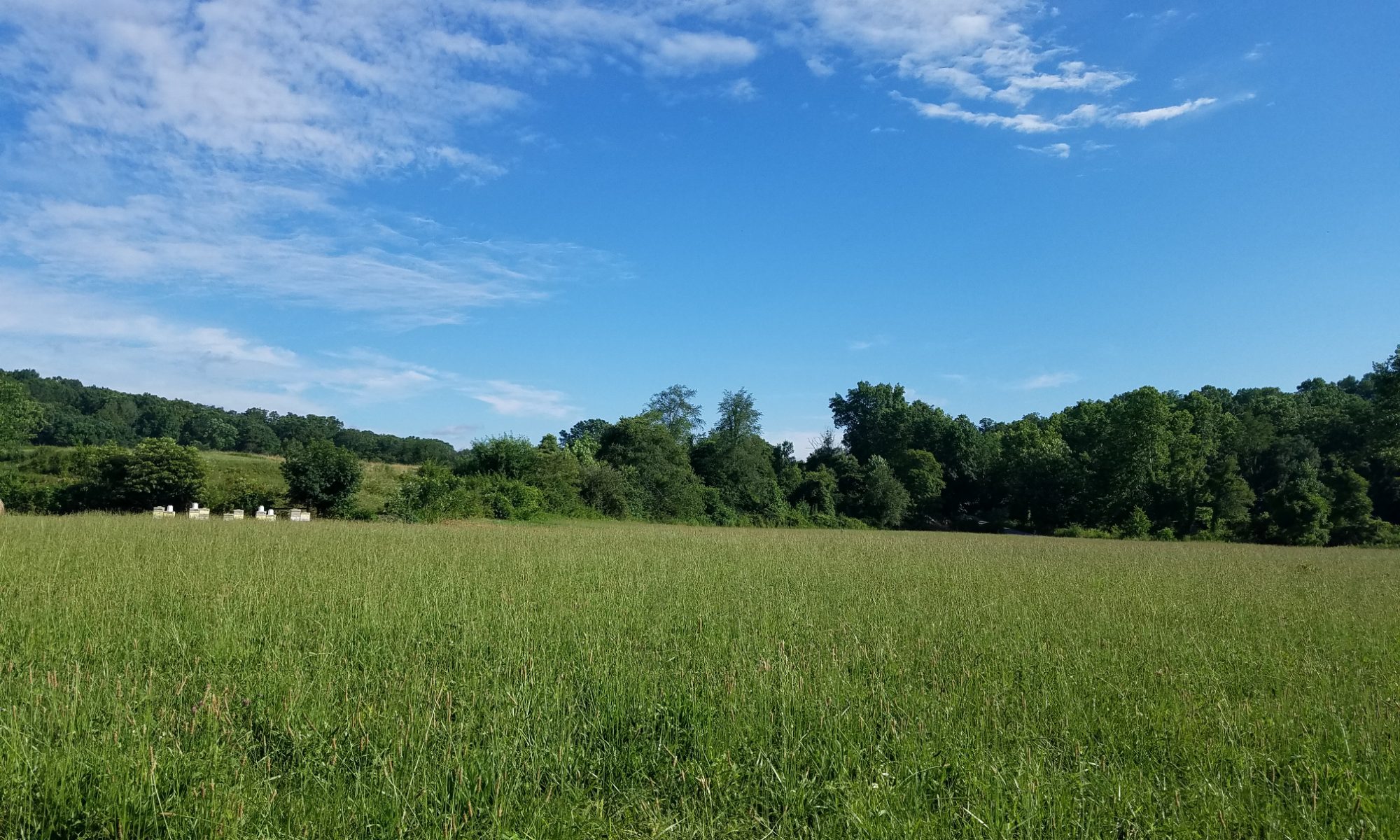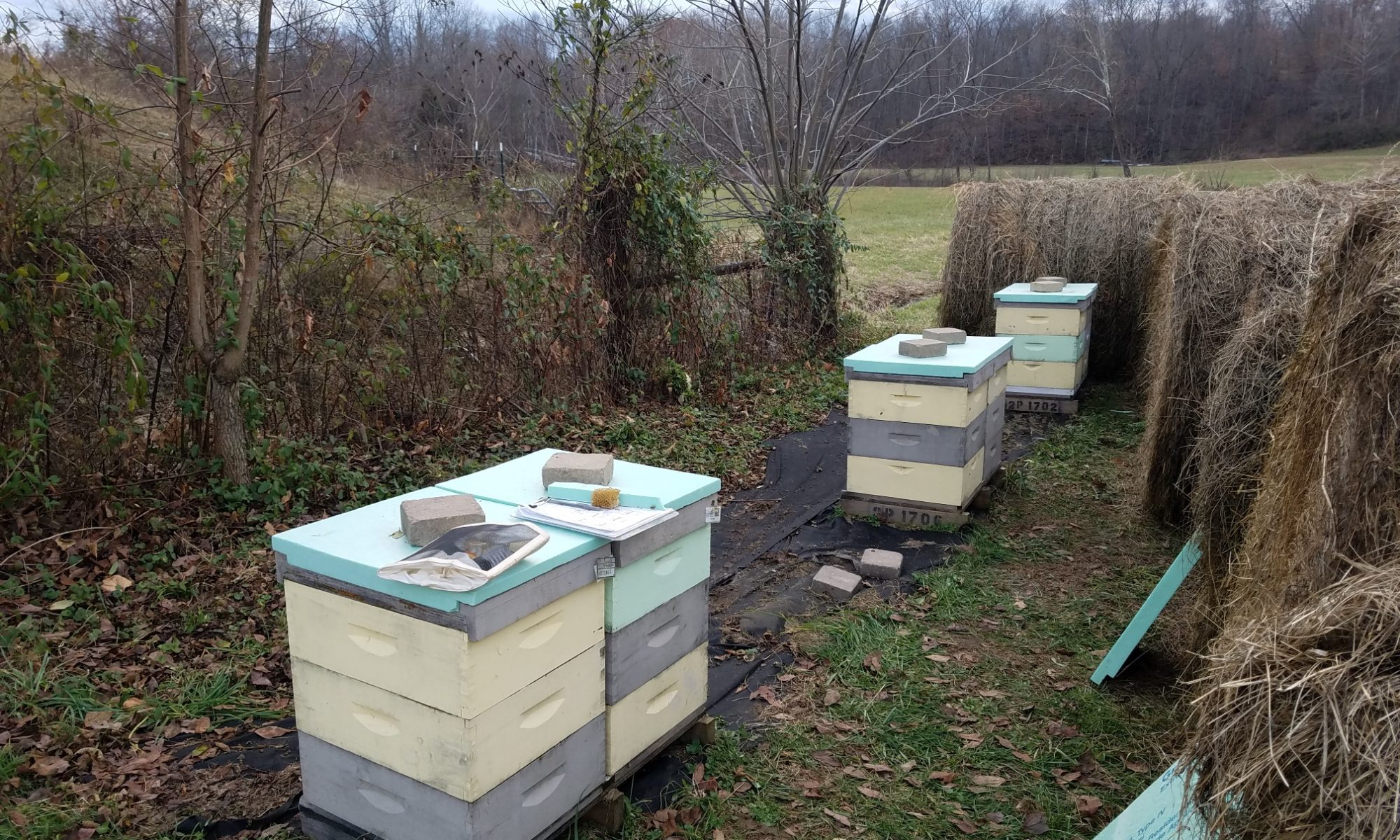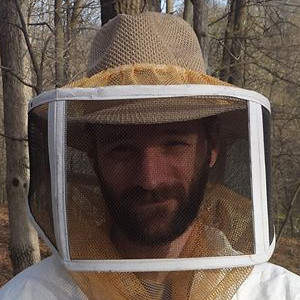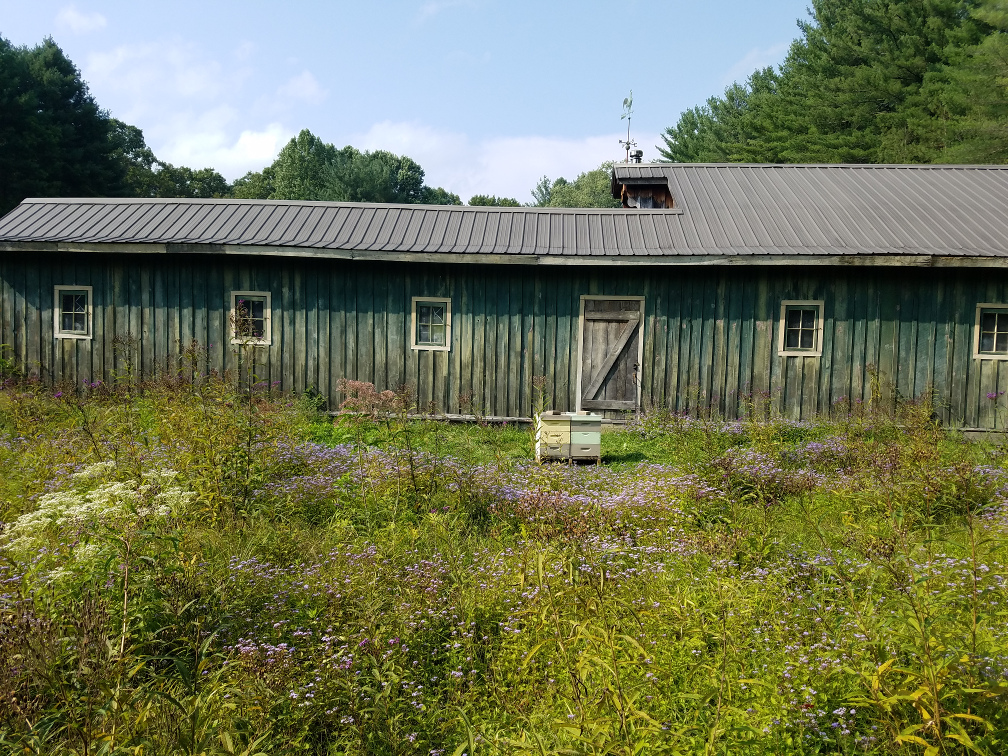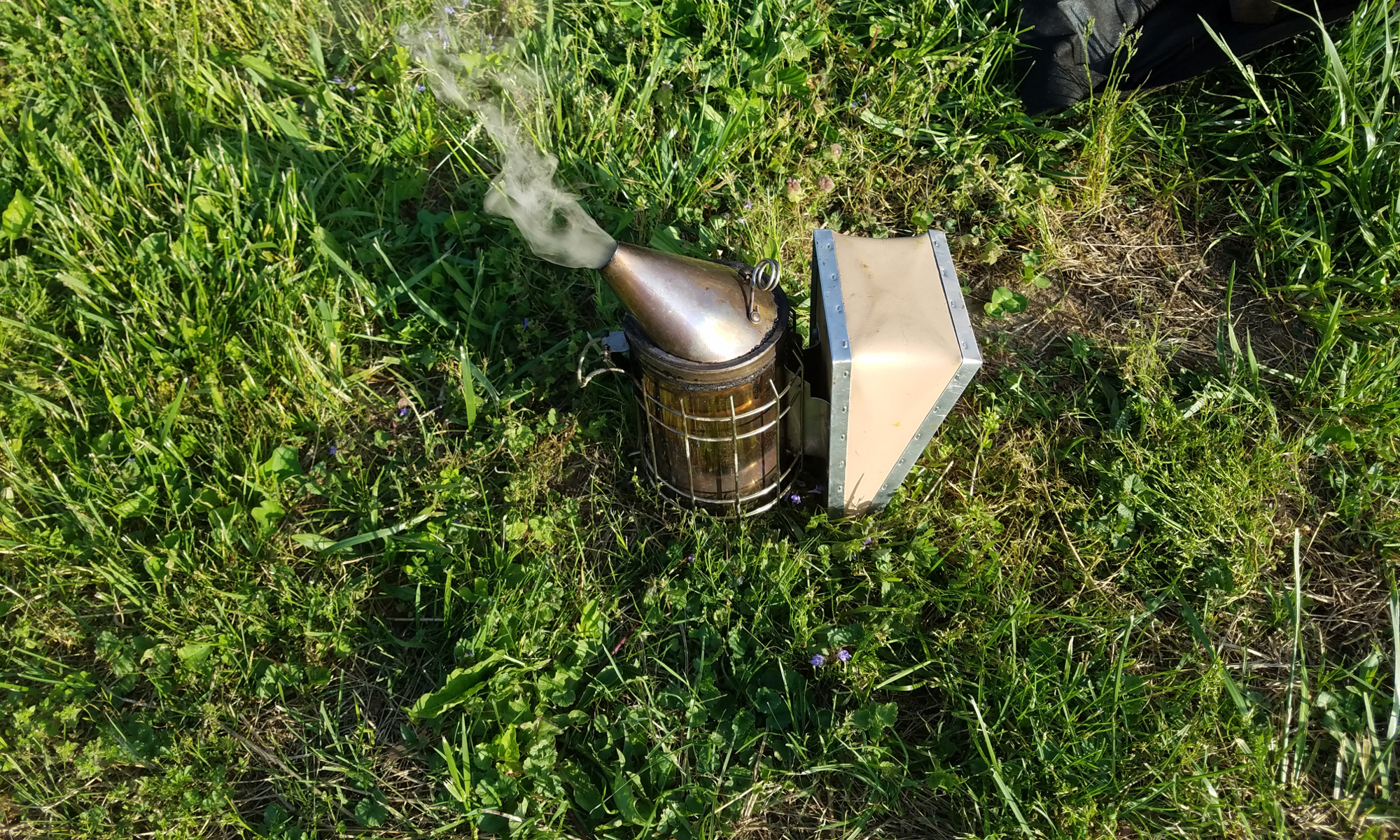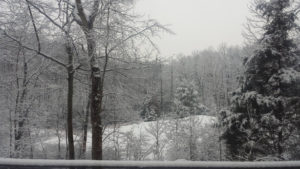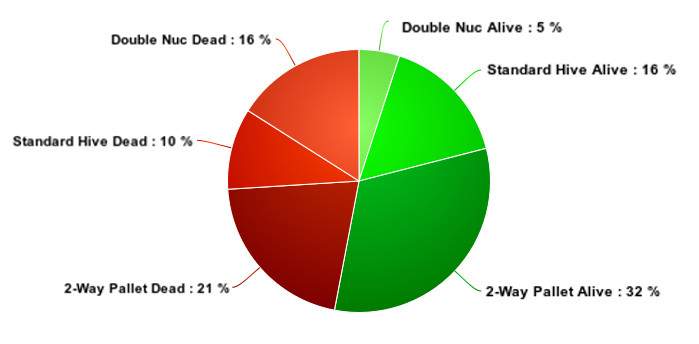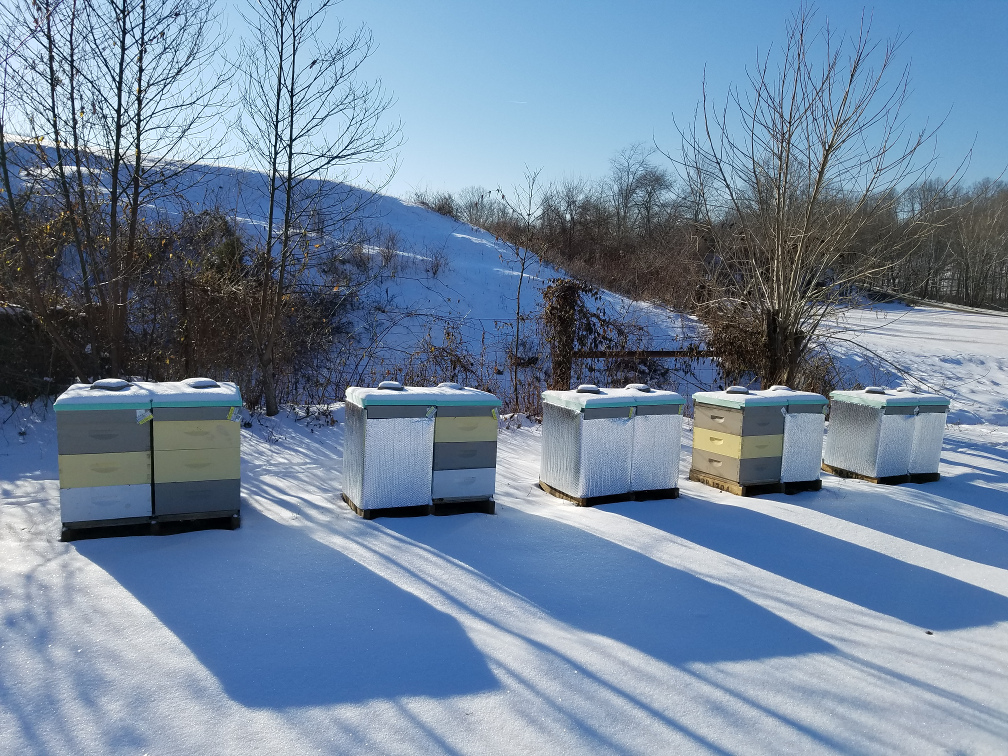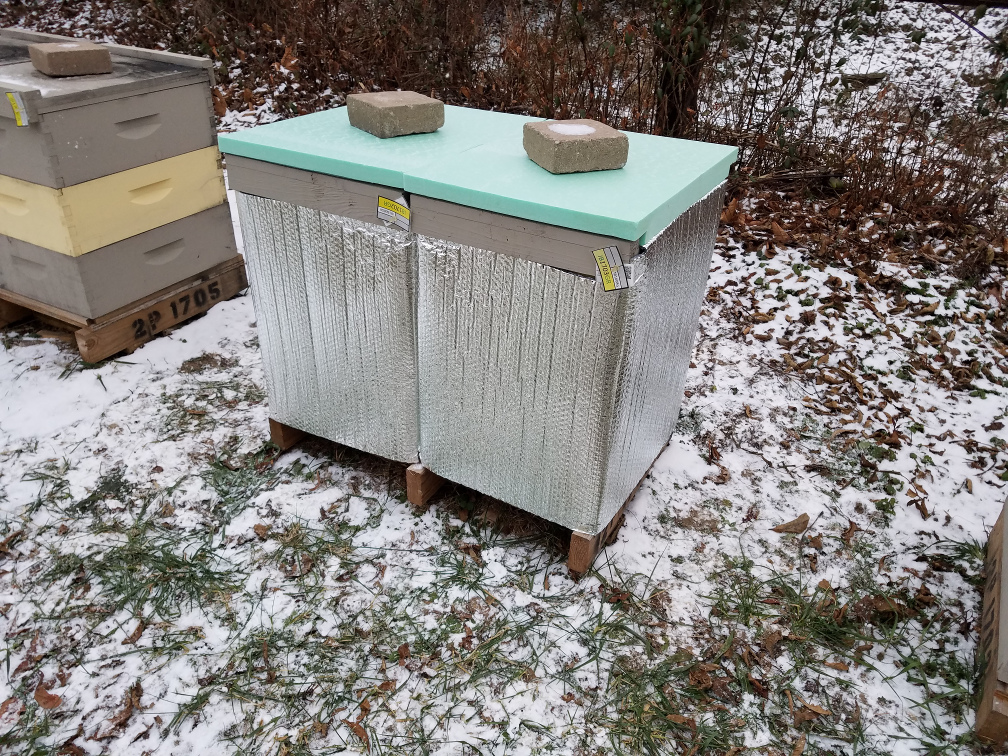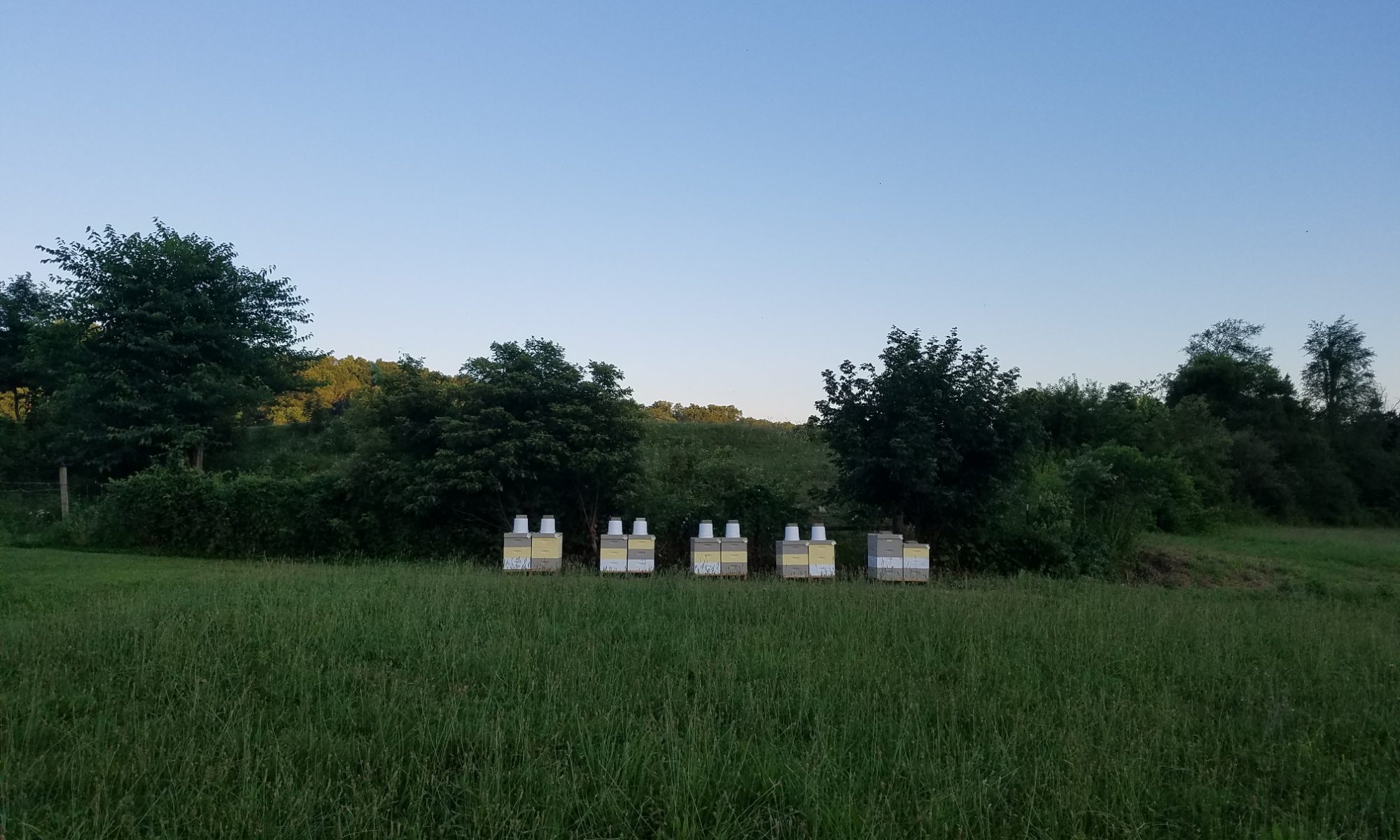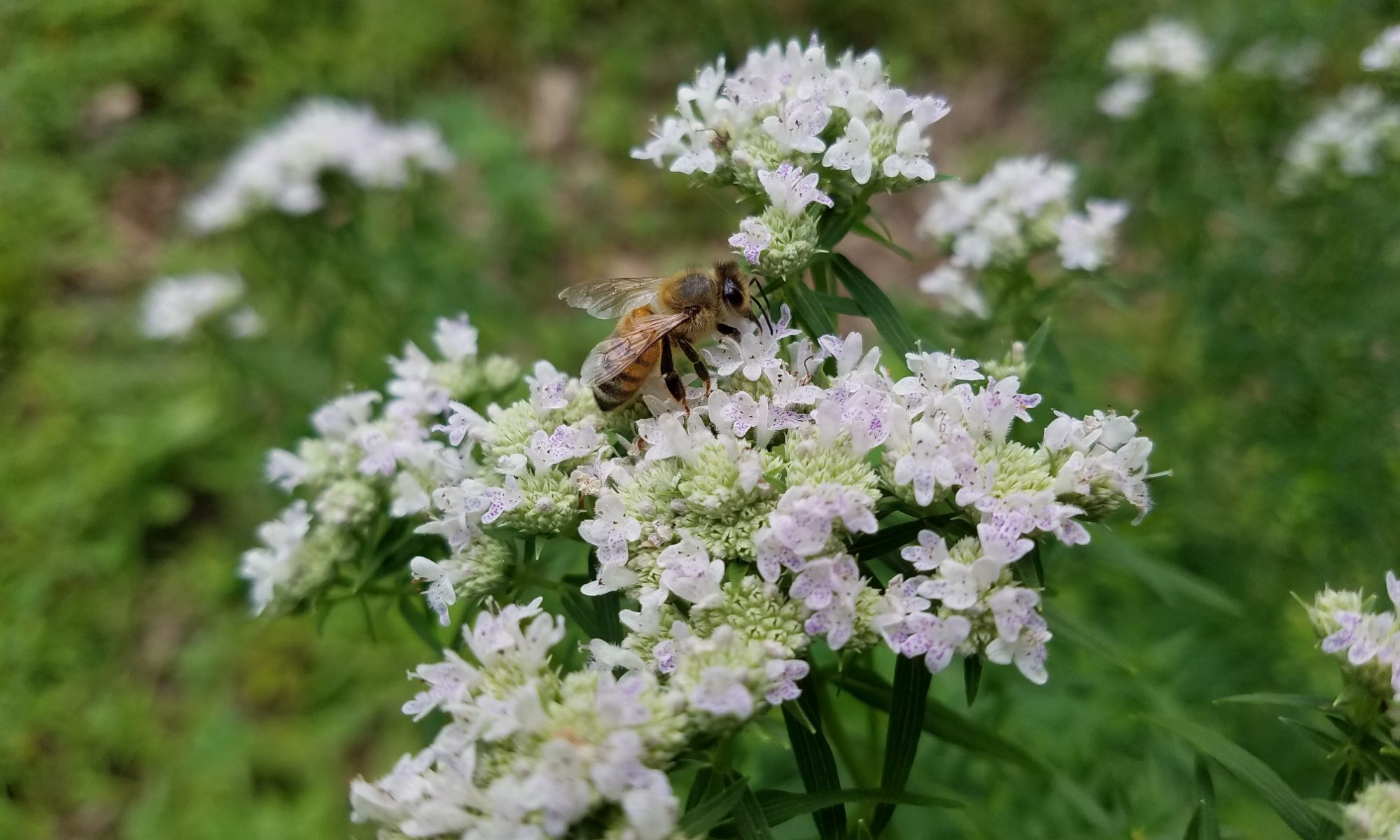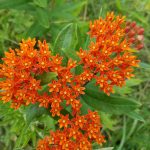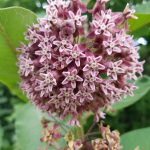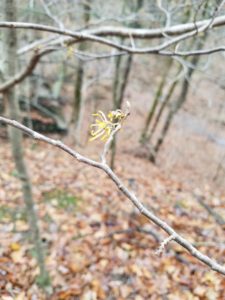 Winter is setting in and the snow’s flying. Yesterday was warm, about 60! The bees were active bringing in what they can find left. There’s bright yellow pollen and a bit of nectar coming in still. I believe both are coming from our native American Witchhazel (Hamamelis virginiana L.).
Winter is setting in and the snow’s flying. Yesterday was warm, about 60! The bees were active bringing in what they can find left. There’s bright yellow pollen and a bit of nectar coming in still. I believe both are coming from our native American Witchhazel (Hamamelis virginiana L.).
This time of year is bittersweet. The bees are quietly waiting out the winter, which should give me a break from them. On the other hand, it’s stressful being able to do so little to help them through this critical time. After last winter’s losses, we had a lot of new hives this summer. With the fickle weather they didn’t take off like they should have, so not only did we miss out on getting honey from them, but they also don’t have enough for themselves either. To get them through, we block the cold north winds with hay bales, place insulation on the covers to hold back the cold from snow, and do our best to make sure the boxes have no gaps or cracks to let in the weather.
With the warm day, I took the opportunity to weigh the hives to see how much food they have, and popped them open to see how many bees each one had. Several are borderline, but we’ll just have to gamble on them and hope for a short winter. Three though were very light on food and bees. They would surely starve by Christmas. For these three, I found the queens and pulled them out, then combined all the food and bees into a single hive, leaving the best queen of the three (based on the summer’s records of performance). This is risky, but at this time of year, there aren’t many options, and certainly no time. This moves me from a guaranteed three lost to one with a chance. Now we’re down to just 12 going into the winter. We’ll just have to wait and see how things turn out.
Despite working in IT, I prefer spending my time outdoors. I enjoy beekeeping, hiking, camping, and about anything else I can do outside. A Do-It-Yourself’er, I’ve spent much of my life learning new skills like beekeeping, carpentry, mechanics, construction, and more. This gives a refreshing break from the days of screen time we all endure.
